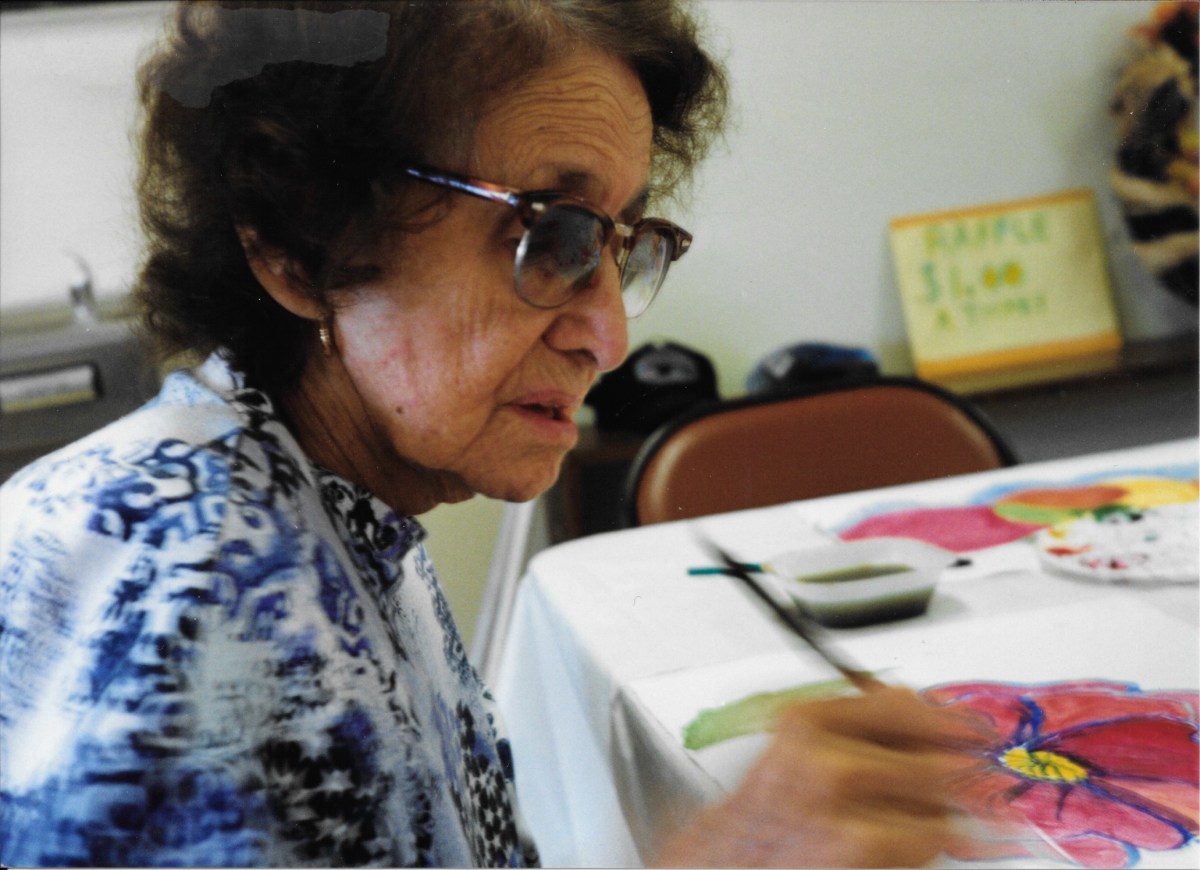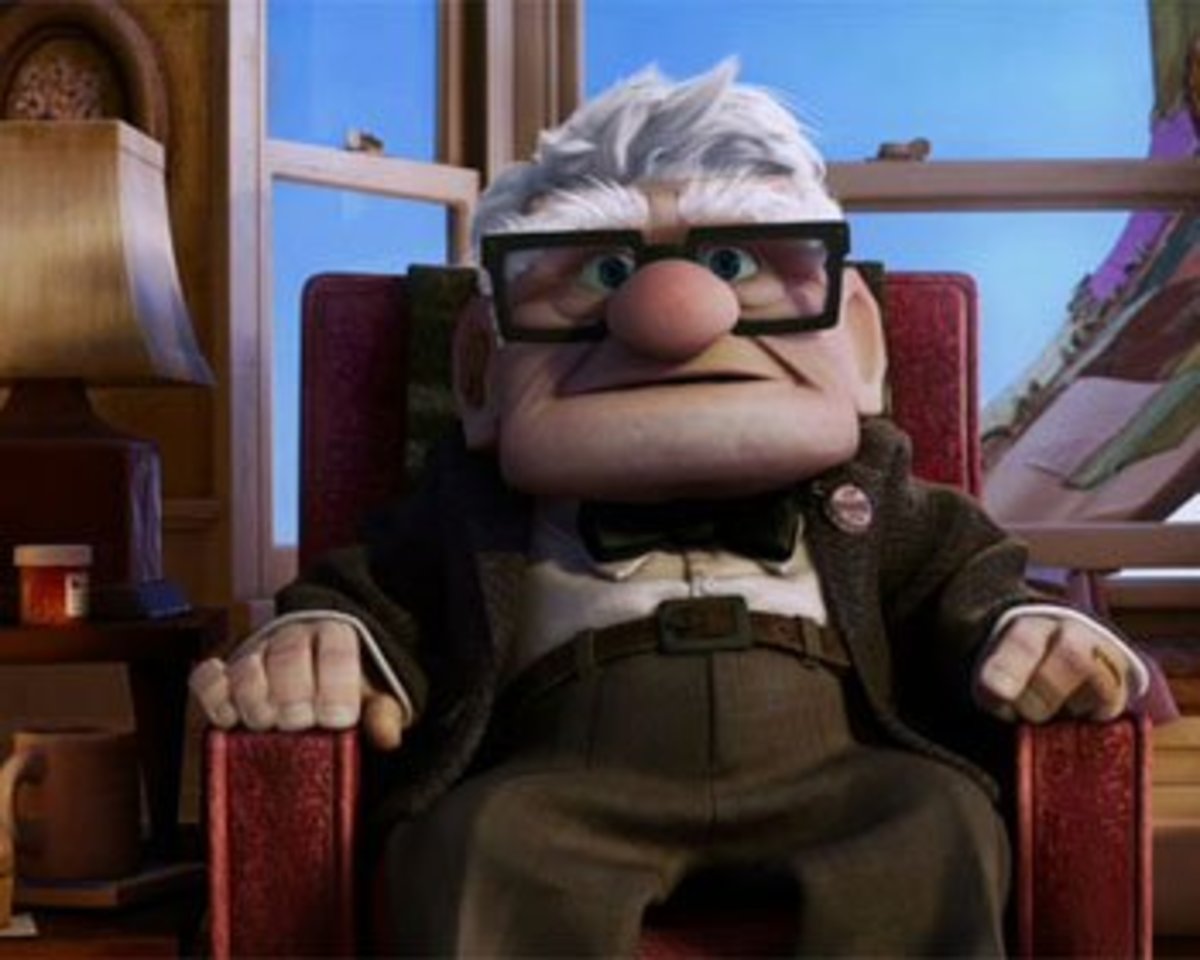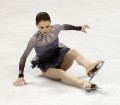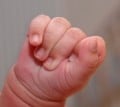Fear of Falling - A Senior's Worst Nightmare
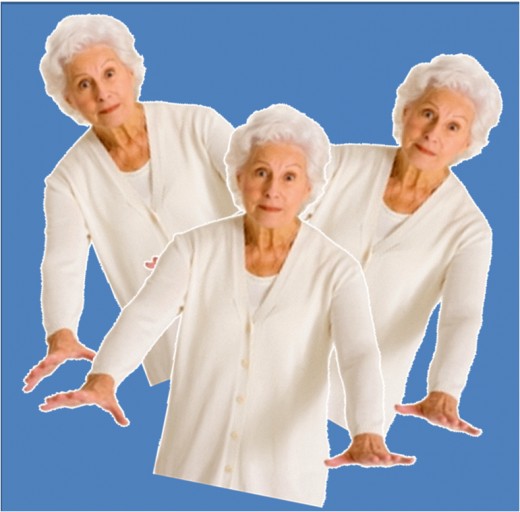
Until you’ve hit the ground a few times it may be hard to understand the fear of falling
Fear of falling is one of the major reasons why elderly people fall. Whether older seniors have good physical health or poor physical health, if they are anxious about falling it can significantly affect their likelihood of falling. In other words, the fear of falling is as much an indicator of whether an older person is likely to fall or not as is their physical condition. It is important, therefore, to assess an elderly person’s psychological health as well as their physical health when determining how best to help them avoid falls and avoid serious injury if they do fall.
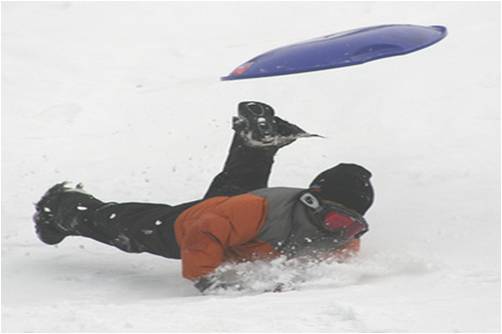
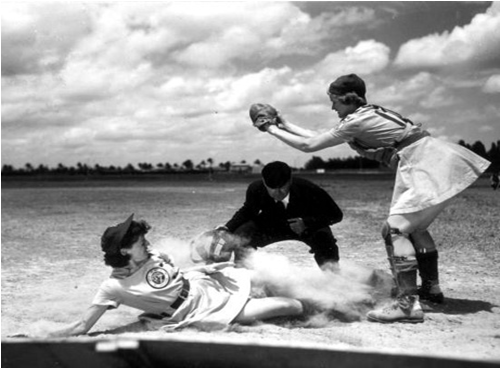
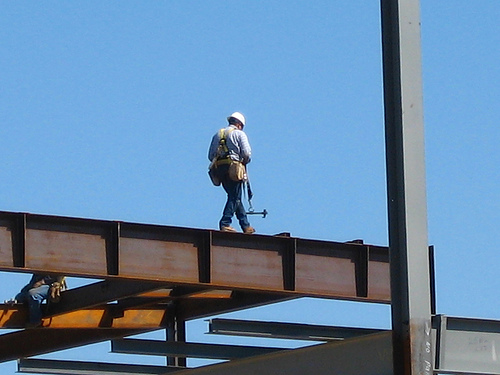
We are born with the fear of falling
As children we usually overcome this fear and continue running, climbing, slipping and sliding.
When we were young we skated across an ice rink with grace and agility; falling was not a big deal.
We would eagerly slide into third base dust ourselves off and get ready for the next play.
But as we grow older, fearful things can creep up on us.
Where once we strode effortlessly from beam to beam on our high rise construction job, we now hesitate walking to the store for groceries.
Now, as a senior, we may have a fear of falling that is greater than is good for us. What we fear is a serious injury that may change our life. Now, a fall can be our worst nightmare.

The purpose of this article is to provide the real facts concerning why seniors may fall and the dangers involved when seniors do fall; to provide a list of what can be done to help reduce a senior’s risks of falling; and to provide vital recommendations for seniors to incorporate in their lives immediately, in order to avoid falls and avoid serious injuries when falls do occur.
If you have a senior in your life who you would like to help, you might like to read this first.

The Fear of Falling is Deadly
This fear of falling is as deadly as the fall itself can be. The fear of falling can arise out of a person’s irrational belief in their physical capabilities or it may arise from their experience of previous falls. Wherever it comes from, this fear can make an elderly person unsteady on their feet making a fall more likely. It can make it difficult for an elderly person to venture outside at all, especially in bad weather, leaving them without enough nutritious food or other necessities of life.
This deadly fear of falling can make a senior restrict their participation in physical activities of all kinds, leading to further loss of strength and balance capabilities.
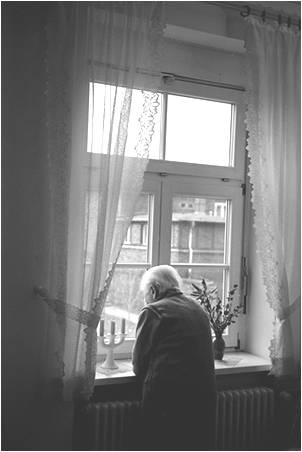
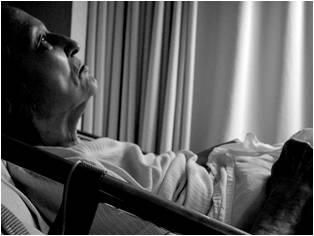
An excessive fear of falling can make a senior withdraw from meeting with friends and participating in other social activities, leading to isolation, loneliness and depression.
A vicious circle often arises in which the fear of falling leads to avoidance of movement, and in turn to reduced fitness, lower confidence in one's own balance, increased fear, and increased danger of a fall.
This deadly fear, whether rational or not, can lead to a significant reduction in a senior’s quality of life and sense of independence.
Senior Falls - Key Points
- One third of adults age 65 and older falls each year but less than half talk to their healthcare providers about it.
- People age 75 and older who fall are four to five times more likely than those age 65 to 74 to be admitted to a long-term care facility for a year or longer.
- The chances of falling and of being seriously injured in a fall increase with age. In 2009, the rate of fall injuries for adults 85 and older was almost four times that for adults 65 to 74.
- More women fall than men. In 2009, women were 58% more likely than men to suffer a nonfatal fall injury.
- Most fractures among older adults are caused by falls. The most common are fractures of the spine, hip, forearm, leg, ankle, pelvis, upper arm, and hand.
- The likelihood of falling again is twice as good for those who have fallen once. More hospitalizations for the elderly occur due to falls, and 40% of deaths are attributable to broken hips as a result of falls.
- Many people who fall, even if they are not injured, develop a fear of falling. This fear may cause them to limit their activities leading to reduced mobility and loss of physical fitness, which in turn increases their actual risk of falling.
Source: CDC Centers for Disease Control and Prevention. Emphasis mine.

Senior Falls - The Facts
The Center for Disease Control (in the US) reports that 30% of adults 65 years and older fall each year and the adjusted cost of fatal and non-fatal falls in the US in 2010 was over $28 billion.
For persons aged 65 years or older:
- 60% of fatal falls occur in the home
- 30% in public places
- 10% occur in health care institutions
Because most falls occur in the home it’s very important to remove as many potential falls risks as possible, in and around the home. By following a clear and concise Guide to Removing Dangerous Fall Risks in Your Favorite Senior's Home, you may be able to help your elderly friend or relative live much longer in their present home.
Older seniors not willing to change behaviors that could help avoid falls
A recent study: Falls and fear of falling: burden, beliefs and behavior1, found that:
-
3.5 million community-dwelling (not in a nursing home) older adults said that they were moderately or very afraid of falling;
-
These same older adults held beliefs that there was value in physical activity and having a regular medication review both of which would help prevent falls;
-
These same older adults despite being afraid of falling and understanding the benefits of physical activity and medication reviews, did not change their behavior after falling.
-
Those older adults who were moderately or very afraid of falling were more likely to be: women, aged 75 or older, single, and have lower incomes.
Reference: [1] Rebecca Boyd and Judy A. Stevens. Falls and fear of falling: burden, beliefs and behaviours. Age Ageing (2009) 38(4): 423-428 first published online May 6, 2009 doi:10.1093/ageing/afp053. Published by Oxford University Press on behalf of the British Geriatrics Society 2009.
What Are Some of the Causes of Falls Outside the Home

There are many reasons why falls occur outside the home, from personal weaknesses and poor footwear to slippery floors and poorly lighted streets.
We can help an elderly person, whether family or friend, to avoid falling by helping them eliminate many of risk factors associated with falls.
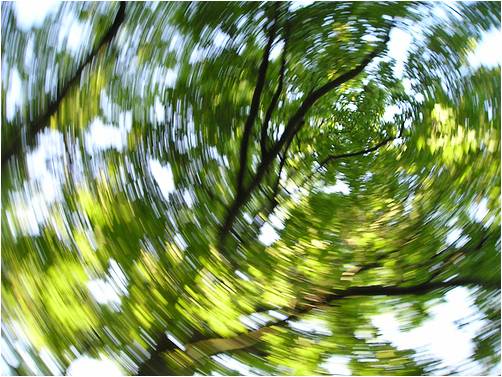
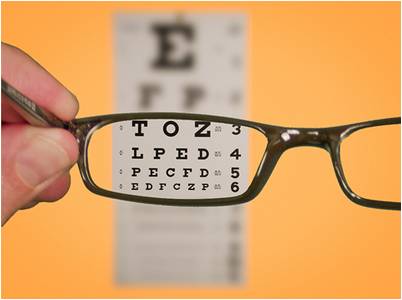
Poor Vision
Contributing factors to falls outside the home include poor vision, poor depth perception, a tendency to dizziness, cataracts, glaucoma and wearing multi-focal glasses while walking.
- It is very important that your favorite senior has an ophthalmic vision exam every year. The family doctor can set up a referral and you could help your loved one by helping them get to the appointment and letting them know what to expect at an eye exam.
- Cataracts no longer have to get worse and worse before lens replacement surgery may be performed. Seniors should consult their doctor on this issue specifically.
- If possible, a senior should have two pairs of glasses in their prescription.
- It is a good idea to wear sunglasses while outside. Sudden or constant glare can lead to falls.
- The proper glasses prescription can help a senior avoid dizziness.
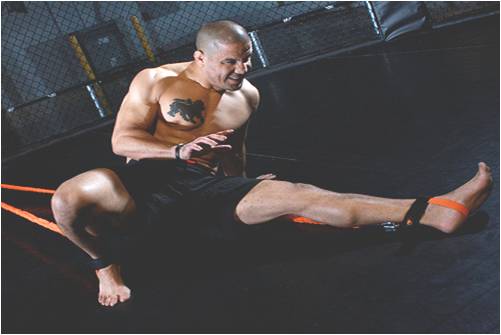
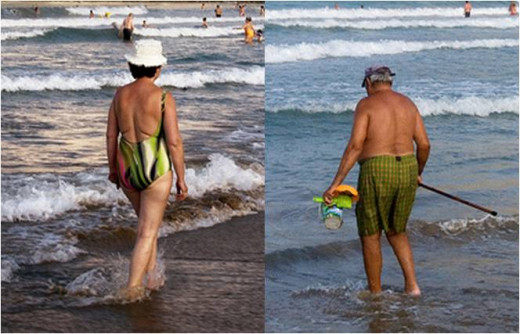
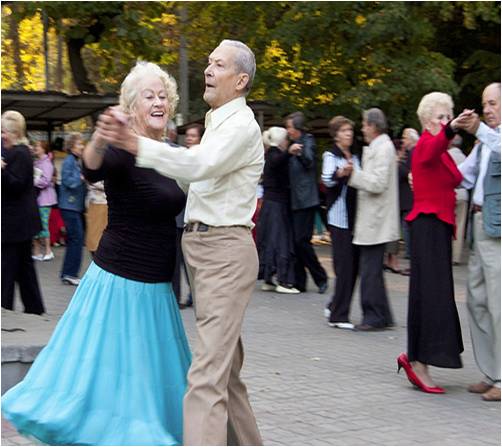
Muscle weakness, flexibility and endurance
Ask your favorite senior what he or she is doing to keep their muscles strong, especially in their legs. Help them find a convenient seniors' center where they would feel comfortable joining a group of similar people and exercise 2 times per week.
- Help your favorite senior find a community center where there are swimming classes or times for seniors. You should also help them consider how they will get there. If they can not get to a community center easily, they won't go.
- If your favorite senior likes to dance or do Tai Chi, find out what they like or might be interested in, then help them join and help them stay motivated. Perhaps you or another family member can go with them a few times to help them get started.
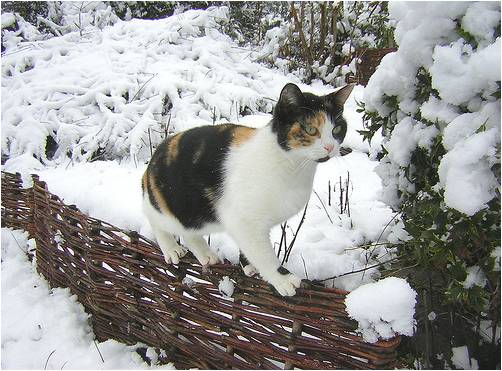
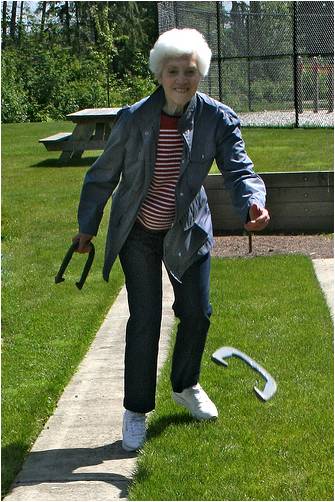
Balance and Gait
Your gait, the way you walk, does not have to change or slow down just because you are getting older. So ask your favorite senior if he or she is having any trouble with their balance or their gait. This could be the result of a lack of exercise, arthritis or other medical conditions, or medications. Their reflexes may also be slower than when they were younger. The increased amount of time it takes to react to circumstances may make it harder for a senior to catch his balance if he starts to fall.
- It is very important that one of the first things your favorite senior does is have a medical check up. Help them set up an appointment with their medical practitioner and write down the information they should ask their doctor.
- Make sure they know how to get to their medical appointment (by bus, by taxi) and write down their itinerary for them.
- Call them the day of or day before their appointment to ensure they will go, and call them the day of or day after their appointment to find out what they learned.
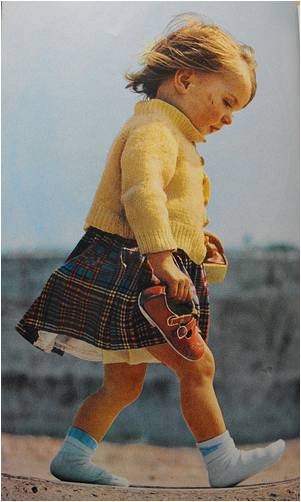
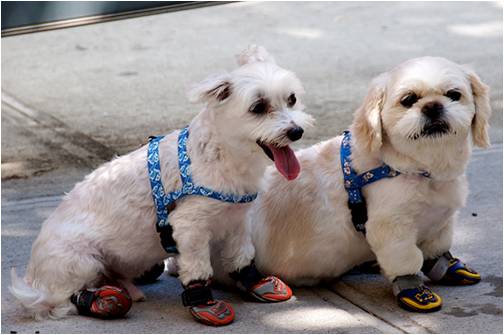
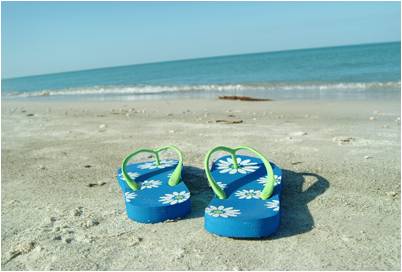
Foot Problems and Proper Shoes
If your favorite senior has foot problems from a medical condition, ask them what their doctor recommends they do to be able to walk comfortably more often.
If your favorite senior is wearing unsafe footwear (slip-ons, backless shoes, smooth leather soles, slippers, high heels) this can substantially increase their chance of falling.
- It is very important that your favorite senior chooses and uses appropriate footwear. You could help your loved one by looking at their shoes with them. Determine if the shoes they currently use fit them properly. The shoes they use today should fit them well: not be too loose or too tight, not be too long or too short.
- If you notice considerable wear or poor soles, you might consider helping them purchase new shoes. A good heel height is 1/2 inch and the entire shoe should have good arch support and toe cushioning.
- If a senior's feet swell, it is a good idea to purchase shoes in the afternoon when feet most often swell. This helps avoid buying shoes that are too tight to wear comfortably.
- Seniors should ideally have two pairs of shoes for outside walking: going to the store or bank, walking in the park, going for appointments, etc. They might also want a good pair of shoes for more fancy occasions.
- It is also important that shoes have enough 'padding' to avoid pain in the ball of the foot and in the heel.
- It is important that seniors do not wear sloppy flip flops outside the home. A pair of casual shoes with good heel support and soles or a good pair of walking shoes is important outside the home.
Proper footwear can help a senior enjoy pain-free mobility, can help with some foot problems, and can help a senior stay active. Proper footwear can also help reduce the risk of falling, which may, in turn, help a senior release some of the fear of falling.
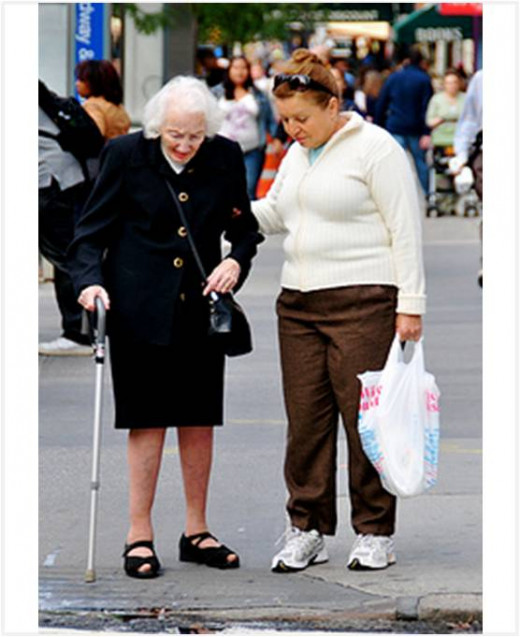
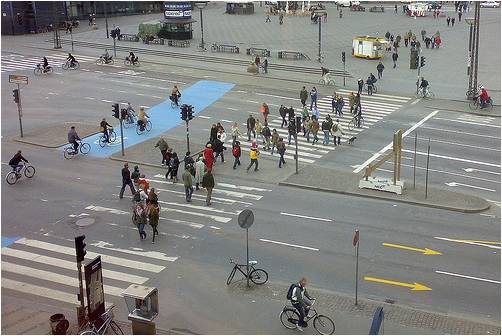
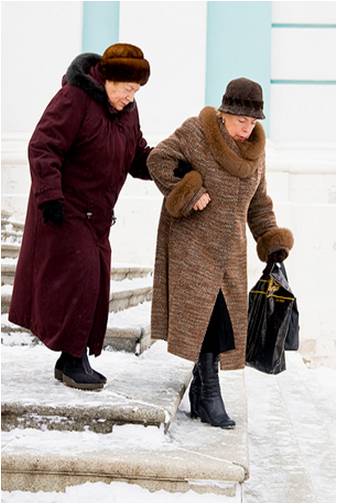
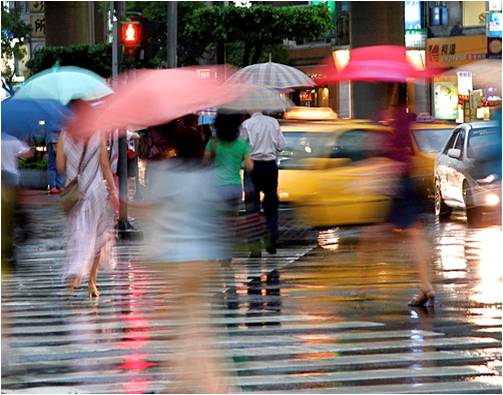
Navigating Street Obstacles
Another real fear for the elderly is crossing a busy street. Seniors tend to be law abiding citizens who observe and obey traffic signals, crosswalk signals and safety instructions. But they are not often able to fully comply with crosswalk signals due to their slower mobility speed than the average person.
Seniors are not always able to cross a busy street in time to satisfy impatient drivers
With the speed of life accelerating to a rapid pace, vehicular traffic has also sped up. And drivers are less patient with pedestrians especially elderly pedestrians who are seen as taking far too long to get out of the way. Cars and trucks will try to make a quick right hand turn in front of pedestrians in a crosswalk or will rush past pedestrians before they are out of the crosswalk.
As we age our reflexes become a little slower and our mobility speed reduces. It takes us a little longer to cross a street than it did when we were younger. The average pedestrian will walk with a stride of about 4 feet per second, while an elderly person walks at a speed closer to 2 feet per second. This can make it difficult for a senior to reach the other side of an intersection before the traffic signals change. This can irritate drivers and fluster the elderly pedestrian often making them panic and rush beyond their capabilities. This is turn can lead to a fall whether they are struck by a vehicle or not.
Street medians not safe for pedestrians
In very wide streets although there may be a median down the center of the street, it may not be wide enough to safely protect a pedestrian who can not reach the other side of the crosswalk before the lights change. Also, seniors often need a seat to rest while waiting for the next signal to allow them to continue to cross the street.
Street repair may have deteriorated leaving uneven pavement, crumbling curbs, potholes, and puddles for seniors to navigate
The elderly pedestrian can not jump over puddles or water main grates while crossing a street. It is far too easy to trip over crumbling curbs and uneven pavement so they slow down and try to navigate safely.
Wet or snow-covered sidewalks or crosswalks are a hazard to the elderly
When crosswalks and sidewalks are not properly cleared of snow or are slippery due to rain, many seniors have trouble walking safely. They may compensate by taking very slow and careful steps which can lead to a rigid posture and awkward walking. This, in turn, leads to anxiety and fear, precursors to falling.
What we can do to help seniors better navigate outside the home
- We can communicate with city planners to make crosswalks, curbs, and pavements safer and walk signals longer, especially in areas where there is a high concentration of seniors.
- We can talk with seniors about wearing bright colors to ensure they are seen in all kinds of weather.
- If streets are wide, we can advocate for additional safety measures in street medians: bench for sitting, hand rails protecting pedestrians from traffic on either side of median.
- As drivers, we can be aware of the elderly pedestrian as he or she crosses the street, giving them at least a few seconds longer to cross safely.
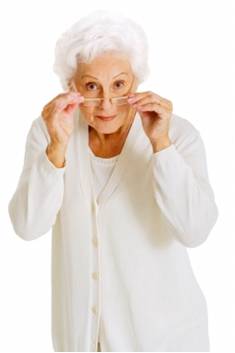
Please, Help Elderly People Reduce their Risks and Fears of Falling
You can make a difference in a senior’s life by helping him or her to significantly reduce the risks of falling. You can help them focus on health and vitality issues and by helping them find the best exercise program for their needs.You can help them by communicating with city officials and advocating for more and better safety measures for seniors. And you can support them by listening to their needs when it comes to eliminating falls in their life.
By helping Seniors reduce their risks of falling and their fear of falling, you can help them live their life to the fullest and make their senior years an adventure.
© 2012 Marilyn Alexander

